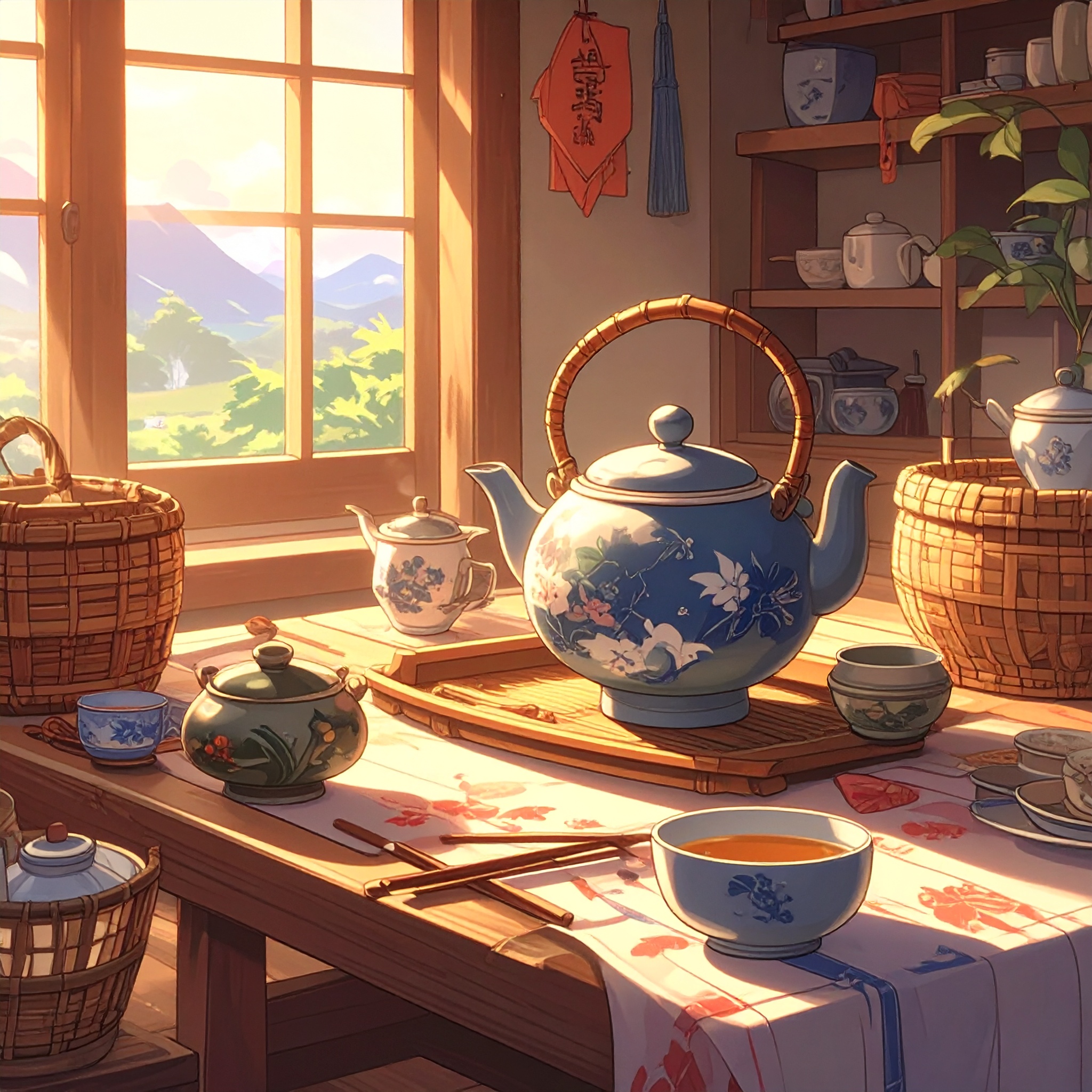In Japan, there exists a unique aesthetic ideal known as “yo no bi”—the beauty of use. Rather than pursuing ornate decoration, this philosophy finds beauty within the act of use itself. It suggests that true beauty resides not in objects meant for display, but in the tools and items that are quietly used and cherished in daily life. This concept gained broader recognition through the Mingei (folk craft) movement, which celebrated the artistry found in the everyday.
Yo no bi teaches us that utility and beauty are not opposing forces, but natural companions. Tea bowls, chopsticks, cloth, baskets, furniture—none of these items are extravagant, yet their familiarity, comfort in the hand, and quiet visual presence gently resonate with the human spirit.
Consider, for example, a ceramic teacup. Its slight weight, the rough texture against the fingers—these tactile qualities add to its character. A wooden bowl carries the warmth of the hand and reflects seasonal moisture in its grain. Handwoven textiles, with their subtle irregularities, offer a rhythm that soothes. These objects do more than serve a function; they live alongside us, deepening in charm as they age.
They are not strikingly beautiful, but deeply usable. They do not demand attention, but they gently become part of the scenery of daily life. These tools possess a quiet presence—reliable, familiar, and full of understated grace. There is a special kind of beauty in the pause one takes before returning such an object to the shelf, a moment of silent appreciation. This is the essence of yo no bi.

This beauty is born from the philosophy of its maker. It begins with the careful selection of materials, continues through shaping and crafting, and carries with it the quiet imagination of someone using it in their daily life. Rather than emphasizing flamboyance or uniqueness, the focus lies in durability for long-term use, ease of repair, and forms that feel natural in the hand. These values are central to its design.
The beauty of utility holds a timeless appeal. Its simple forms and honest use of materials resonate across generations and cultures. This is because it values function over decoration, and sincerity over flashiness. It speaks not loudly, but deeply, to those who seek authenticity.
Such thinking quietly permeates modern life. In an age surrounded by mass-produced, disposable goods, choosing a tool imbued with story and warmth becomes an act of cherishing one’s own time and senses. There is a kind of comfort here—one that cannot be measured by convenience or efficiency.
And as we continue to use these items, the act itself nurtures their beauty. A dish that bears scratches yet remains in use, fabric softened through repeated washings, wood that ages under the sun—all of these are completed by the presence of the user and the passage of time. Living alongside our tools transforms everyday life into something richer.
The beauty of utility is not meant to be displayed for admiration. It is a quiet radiance born of living with care. Though it may not stand out, it offers a sense of calm each time it is held. This kind of beauty lives not in galleries, but in the heart of daily life.




